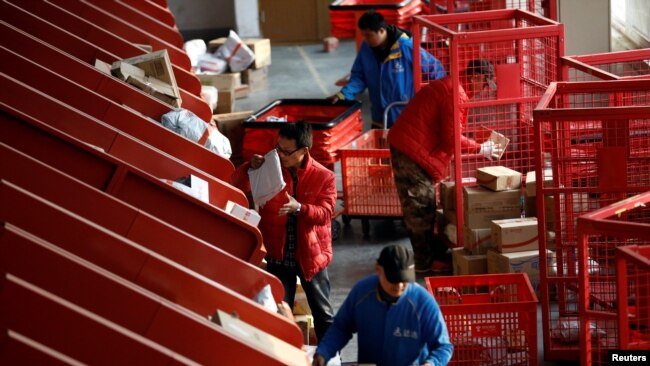
Aerial photos of the National Renewable Energy Laboratory’s (NREL) Flatirons Campus near Boulder, Colorado. Photographed from an Unmanned Aerial Vehicle (UAV).
Published 1 day ago
Imagine an electric grid powered by clean, renewable energy. Now imagine that this grid provides all the comfort and convenience consumers have come to expect as well as grid reliability and resiliency services that are similar to—or better than—conventional plants. That is the promise of the FlexPower project.
With support from the U.S. Department of Energy Grid Modernization Laboratory Consortium, FlexPower brings National Renewable Energy Laboratory (NREL) researchers together with other National Laboratories to develop a colocated variable hybrid generation power plant enhanced with energy storage at NREL’s Flatirons Campus. Participants include the Idaho National Laboratory (INL) and Sandia National Laboratories (Sandia).
As renewables displace conventional generation, hybrid renewable power plants combined with energy storage can transform variable resources such as wind and solar photovoltaics (PV) into fully dispatchable and flexible energy sources. These hybridized power plants will be capable of operating in day-ahead and real-time energy markets and providing essential reliability and resiliency services to the grid.
Rethinking Renewables
“This research will help accelerate the adoption of utility-scale variable wind and PV resources by demonstrating how hybridization can smooth the transition to clean energy,” said NREL Chief Engineer Vahan Gevorgian. “For the power grid to economically and reliably integrate large amounts of variable renewable generation, it will require robust energy storage capabilities and a rethinking of the value renewable energy assets bring to the grid.”
To support this transformation, researchers will test a variety of energy storage systems, including pumped storage hydropower, battery, hydrogen, flow battery, kinetic, and ultracapacitor energy storage. In addition, the project will focus on advanced control strategies and resource forecast techniques. Sophisticated controls can improve the dispatchability and availability of variable generation by taking advantage of the complementary nature of wind and PV resources and increasing capacity factors for renewable projects with minimum or, in some cases, no additional transmission buildup. Improved forecasting allows hybrid plants to participate in energy and ancillary services markets in the same way conventional generation plants do.
By combining generation, storage, advanced controls, and improved forecasting in hybrid plants, operators can achieve economies of scale by sharing infrastructure as well as siting and permitting costs. These plants can also provide the full spectrum of existing essential reliability services as well as new, evolving grid reliability services. For example, hybrid plants can provide self-black starts as well as power system black starts, can operate in islanded mode, and can participate in power system restoration schemes. And hybrid plants are scalable, ranging from small microgrids to large, interconnected power systems.
The FlexPower project is of great interest to a wide range of stakeholders, including regulators, reliability organizations, system operators, utilities, plant owners and operators, equipment vendors, and island power system owners and operators.
“Hybrid renewable energy plants could introduce the national and global energy sectors to a new and potentially disruptive class of power systems,” Gevorgian said. “The FlexPower project will demonstrate the value of renewable energy assets and suggest strategies for using them more efficiently to reduce curtailment, increase energy production, and smooth variability. The result could be high-value grid services and a more secure and resilient power supply.”
Sharing the Findings
The FlexPower research results will be freely accessible to all stakeholders in the form of public domain information and other assets. Specifically, stakeholders will have access to the FlexPower controller architecture; control codes developed by NREL, INL, and Sandia for industrial control platforms; hybridization-potential assessment maps and databases; results of regional impacts studies; and reports, publications, regional webinars, conference presentations, and other outreach materials.
NREL’s Flatirons Campus grid-scale hybrid system will provide a test bed for companies and researchers to validate and demonstrate their hybrid plant concepts and strategies. The fully operational multi-MW hybrid power plant will be capable of demonstrating all types of dispatchability, reliability, and resiliency services. It will also provide a grid-scale test bed that offers hybrid system demonstrations for a range of stakeholders, opportunities for control and equipment vendors to test new hybrid controls and hardware, a venue for workforce education and new international collaborations, and a validation platform for standardizing hybrid technologies.
FlexPower was funded in part by U.S. Department of Energy’s Wind Energy Technologies Office, Water Power Technologies Office, Hydrogen and Fuel Cell Technologies Office, and the Office of Electricity.
Article courtesy of NREL


















